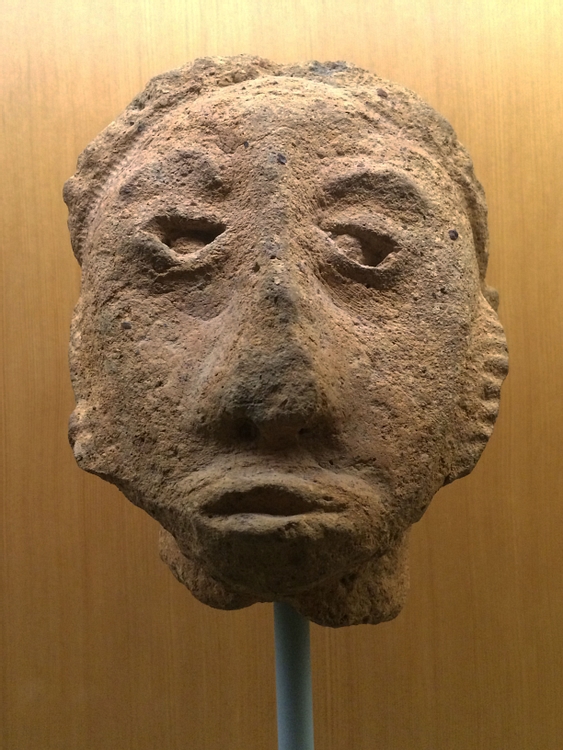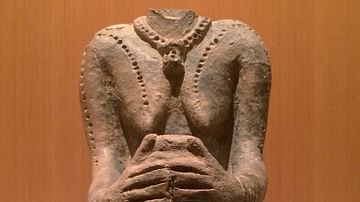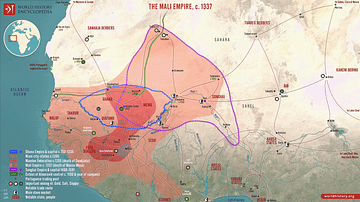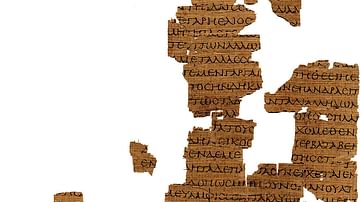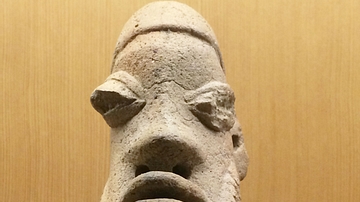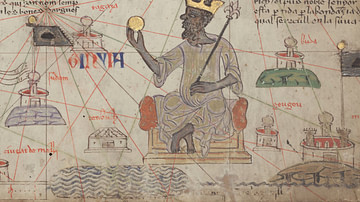Illustration
Scholars believe that the ancestors of the people who now live in Mali used terracotta figures in rituals. This example is made of terracotta and possibly dates from 1300-1600s CE. It represents a god to whom people prayed and made offerings. In return, worshipers expected to receive the god's support. (Art Gallery of Ontario, Toronto)
About the Author
Cite This Work
APA Style
Wiener, J. B. (2017, October 13). Head Fragment from Mali. World History Encyclopedia. Retrieved from https://www.worldhistory.org/image/7431/head-fragment-from-mali/
Chicago Style
Wiener, James Blake. "Head Fragment from Mali." World History Encyclopedia. Last modified October 13, 2017. https://www.worldhistory.org/image/7431/head-fragment-from-mali/.
MLA Style
Wiener, James Blake. "Head Fragment from Mali." World History Encyclopedia. World History Encyclopedia, 13 Oct 2017. Web. 21 Oct 2024.

